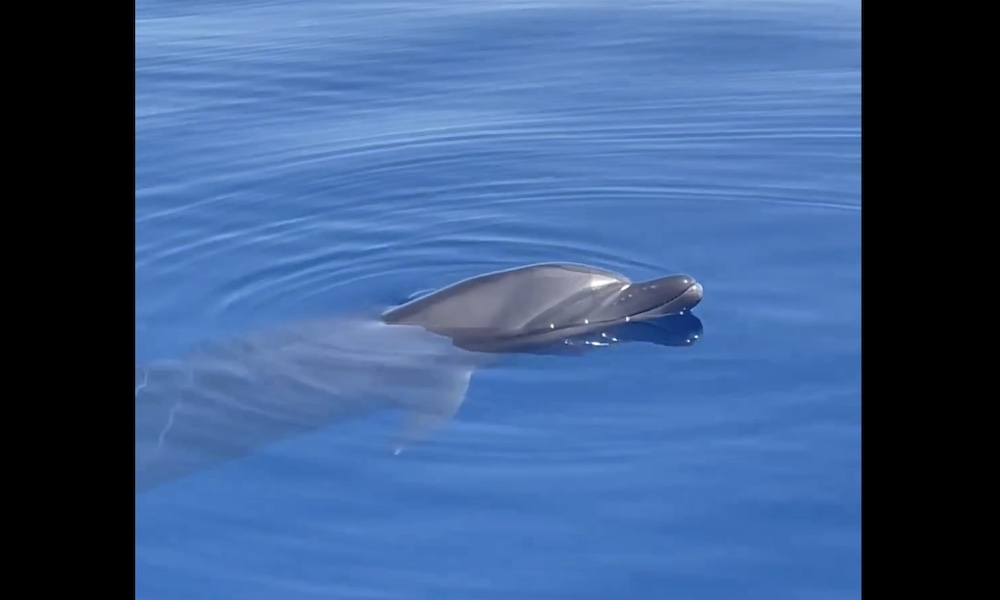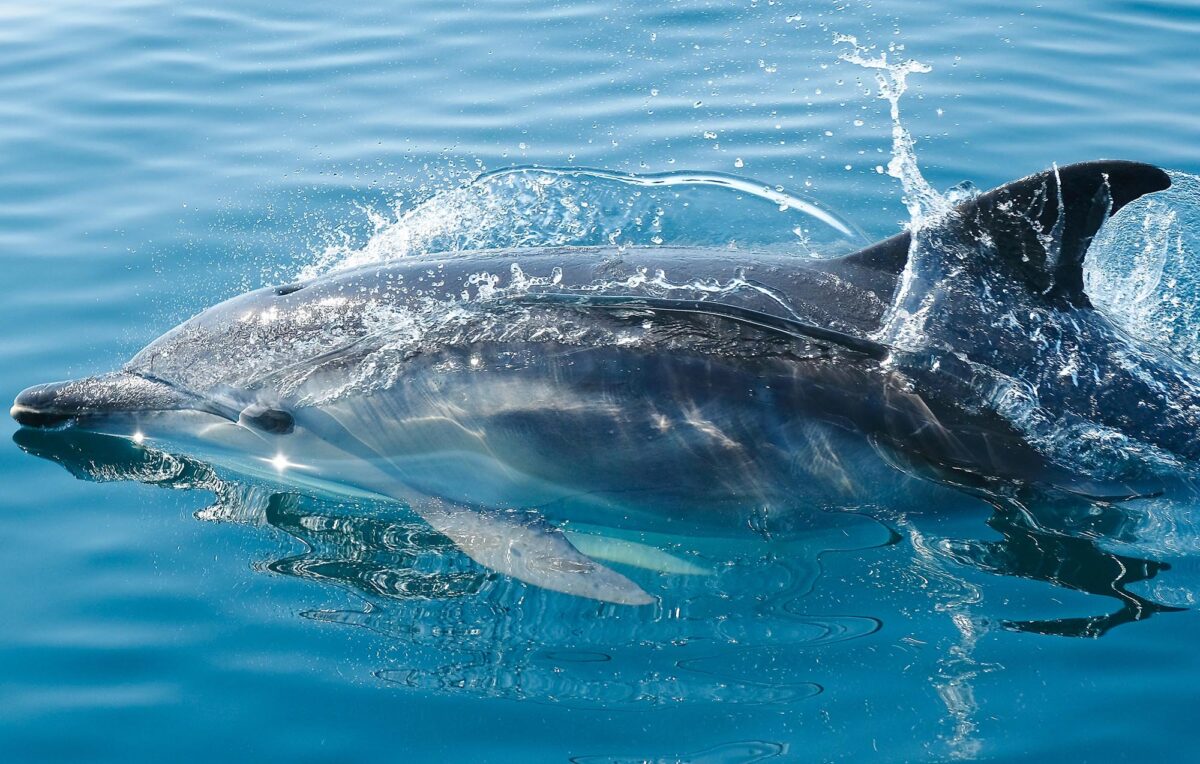Tourists in Costa Rica this week encountered a dolphin that appeared to be in a trance or possibly ill.
The accompanying footage shows the boat slowly approaching the dolphin, which remained motionless with its head out of the water.
“Hello. What are you doing buddy?” the tour operator asks as the vessel inches closer. “Are you OK?”
View this post on Instagram
Sierra Goodman of Divine Dolphin described the encounter via social media:
“Bottlenose dolphins will often spyhop, that is sticking their face out of the water to see around them. But this guy was in this position for several minutes with his eyes closed, and did not move until we were right next to him and I could have reached out and touched him.
“He was either deep in meditation, or, as dolphins are known to do, he sucked on a puffer fish, which produces hallucinogenic effects. Either way, we encountered a very high Dolphin! Pass the Puffer!”
Dolphins are known to play with and chew on pufferfish, which contain a toxic substance that is potentially deadly to other fish and marine mammals.
Four years ago, BBC Earth published a YouTube video showing dolphins “passing the puffer” and gently chewing the fish.
It was explained in the footage (posted above) that small doses of the toxin appear to have a narcotic effect on dolphins – enough so, apparently, to place the mammals into a deep trance.











